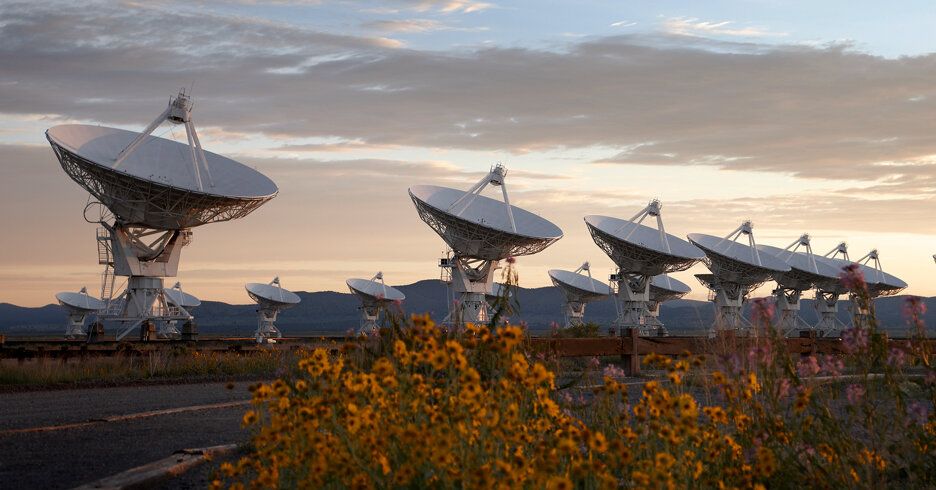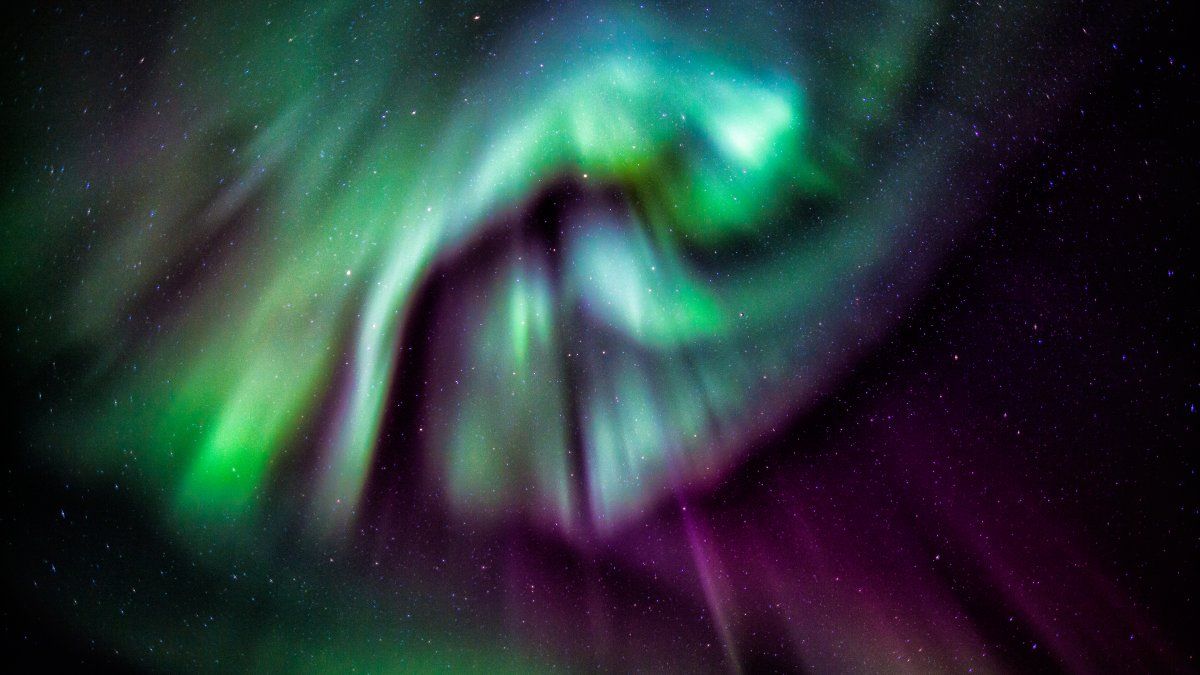The Cosmos Is Thrumming With Gravitational Waves, Astronomers Find
On Wednesday evening, an international consortium of research collaborations revealed compelling evidence for the existence of a low-pitch hum of gravitational waves reverberating across the universe.
The scientists strongly suspect that these gravitational waves are the collective echo of pairs of supermassive black holes — thousands of them, some as massive as a billion suns, sitting at the hearts of ancient galaxies up to 10 billion light-years away — as they slowly merge and generate ripples in space-time.
“I like to think of it as a choir, or an orchestra,” said Xavier Siemens, a physicist at Oregon State University who is part of the North American Nanohertz Observatory for Gravitational Waves, or NANOGrav, collaboration, which led the effort. Each pair of supermassive black holes is generating a different note, Dr. Siemens said, “and what we’re receiving is the sum of all those signals at once.”
The findings were highly anticipated, coming more than 15 years after NANOGrav began taking data. Scientists said that, so far, the results were consistent with Albert Einstein’s theory of general relativity, which describes how matter and energy warp space-time to create what we call gravity. As more data is gathered, this cosmic hum could help researchers understand how the universe achieved its current structure and perhaps reveal exotic types of matter that may have existed shortly after the Big Bang 13.7 billion years ago.
“The gravitational-wave background was always going to be the loudest, most obvious thing to find,” said Chiara Mingarelli, an astrophysicist at Yale University and a member of NANOGrav. “This is really just the beginning of a whole new way to observe the universe.”
Source: The New York Times


